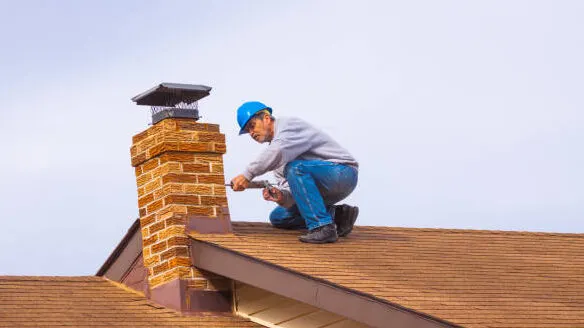Introduction
Chimneys have long been emblematic of warmth, comfort, and hearthside gatherings. In addition to their functional role in facilitating ventilation and dispersing smoke, chimneys serve as architectural features that add character and charm to homes. However, over time, chimneys may deteriorate due to age, weathering, or neglect, compromising both their aesthetic appeal and structural integrity. Chimney restoration is a meticulous process that involves repairing, refurbishing, or rebuilding these iconic structures to preserve their beauty and functionality. In this article, we explore the art of chimney restoration, from identifying common issues to executing restoration projects with precision and care.

Understanding Chimney Deterioration
Chimneys are exposed to a variety of harsh elements, including rain, wind, temperature fluctuations, and corrosive byproducts of combustion. Over time, these factors can take a toll on chimney materials, leading to deterioration and damage. Common issues associated with chimney deterioration include mortar erosion, brick spalling, chimney crown cracks, and flue liner degradation. Left unchecked, these problems can escalate, compromising the structural stability of the chimney and posing safety hazards to occupants.
Assessing Restoration Needs
1. Inspection and Diagnosis
The first step in chimney restoration is conducting a thorough inspection to assess the extent of damage and identify underlying issues. A qualified chimney professional will examine the exterior and interior of the chimney, inspecting the masonry, mortar joints, flue liner, and chimney crown for signs of deterioration or damage. Based on their findings, they will develop a comprehensive restoration plan tailored to address specific concerns and restore the chimney to its original condition.
2. Repair and Refurbishment
Once the restoration plan is established, the process of repairing and refurbishing the chimney can commence. This may involve repointing mortar joints, replacing damaged bricks or stones, repairing or relining the flue, and addressing any structural issues affecting the chimney’s stability. Skilled craftsmen utilize traditional masonry techniques and quality materials to ensure durable and aesthetically pleasing results that complement the overall architecture of the home.
Preserving Chimney Heritage
Chimneys are not merely functional components of a home; they are symbols of tradition, craftsmanship, and heritage. In historic properties, preserving the authenticity and character of chimneys is paramount during restoration efforts. Preservation specialists employ meticulous techniques and authentic materials to maintain the integrity of historic chimneys while addressing structural deficiencies and enhancing longevity. By safeguarding these architectural treasures, homeowners contribute to the preservation of cultural heritage and enrich the character of their communities.
Conclusion
In conclusion, chimney restoration is a labor of love that requires expertise, precision, and a deep appreciation for architectural heritage. By addressing common issues such as mortar erosion, brick deterioration, and flue damage, homeowners can revitalize their chimneys and preserve their charm for generations to come. Whether restoring a historic landmark or rejuvenating a modern home, chimney restoration is a testament to the enduring appeal of these iconic structures and the craftsmanship required to maintain them.